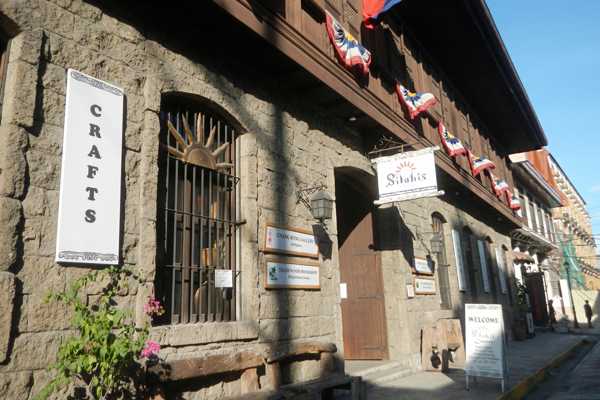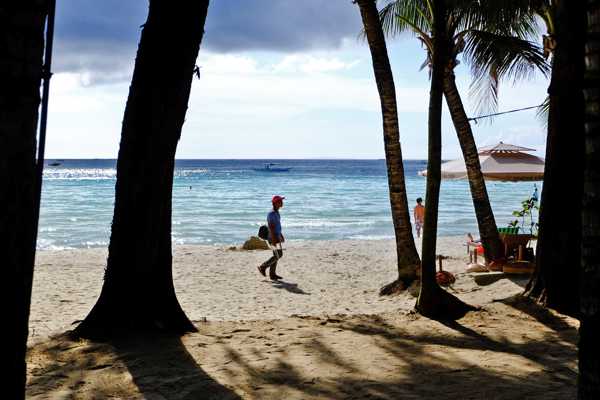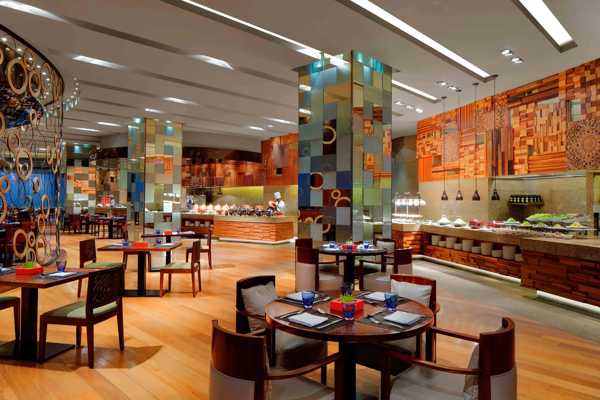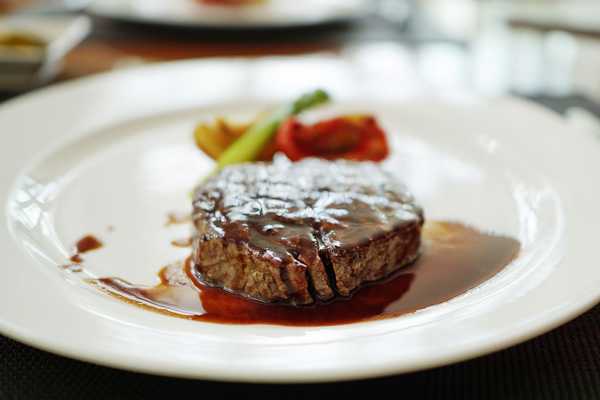The Democratic Republic of the Philippines is located in the Western Pacific Ocean, some 1,210 km east of Vietnam and is separated in the north from Taiwan by the Bashi Channel. It’s bordered on the east by the Philippine Sea (and the Pacific Ocean), on the south by the Celebes Sea, and on the west by the South China Sea. The country is divided into 3 main regions: Luzon in the north, the Visayas in the centre, and Mindanao in the south.
Consisting of 7,710 islands, the total landmass of the archipelago is 300,000 sq km. The Luzon islands include Luzon itself, Mindoro, Marinduque, Masbate and Batanes Islands. The Visayas is a group of islands in the central Philippines, which include Palawan, Panay, Negros, Cebu, Bohol, Leyte and Samar. The Mindanao islands include Mindanao itself, plus the Sulu Archipelago, composed primarily of Basilan, Sulu, and Tawi-Tawi.
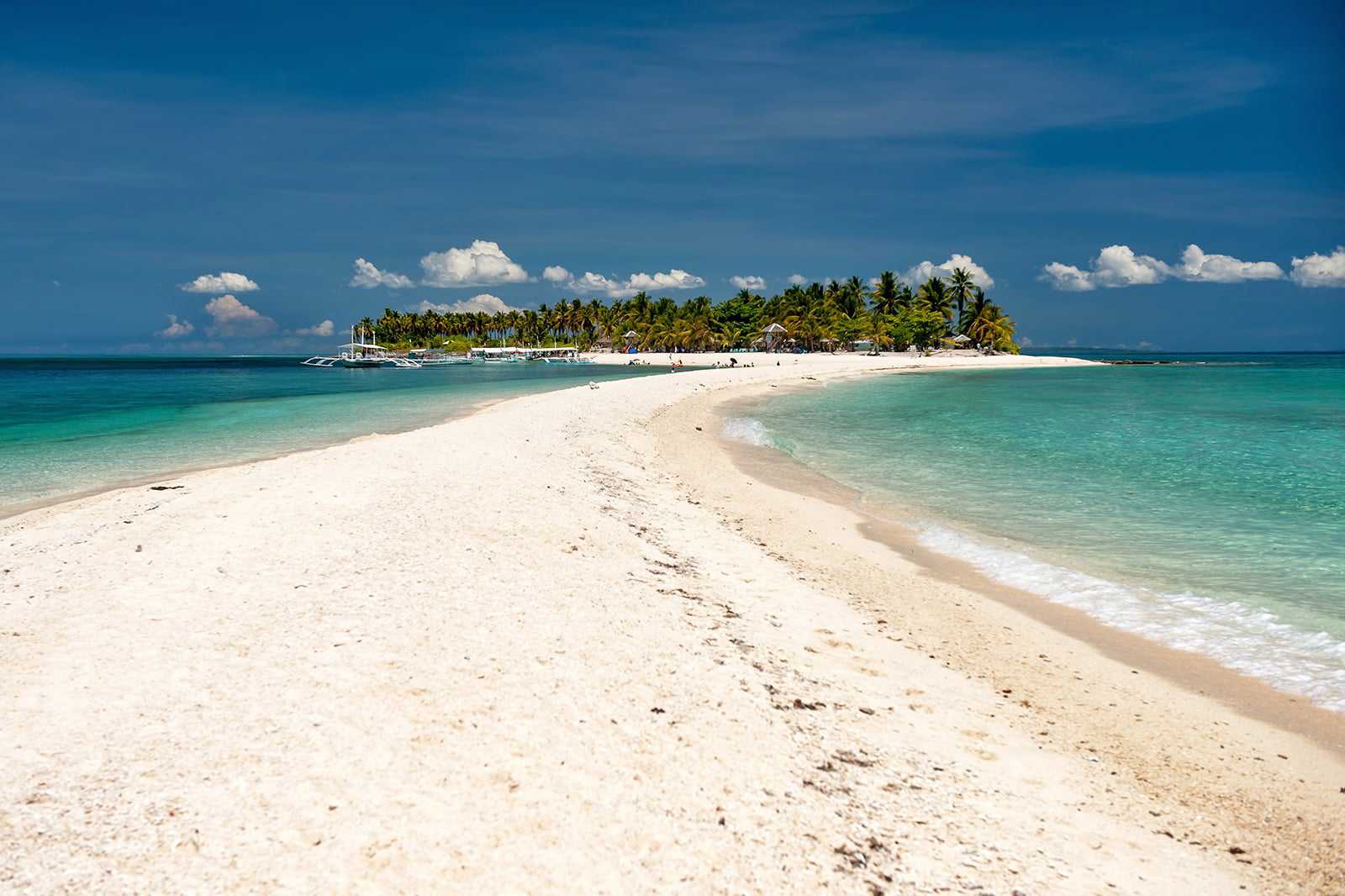
Philippines weather & climate
The Philippines has a tropical rainforest climate, the 2 main characteristics of which are high temperatures and high humidity levels.
In theory, rain can be expected every month, though that's not always the case. The rainy season typically lasts from June to October.
Between December and May, the Philippines experiences a dry climate, when temperatures soar. Typhoons are most likely to occur during November.
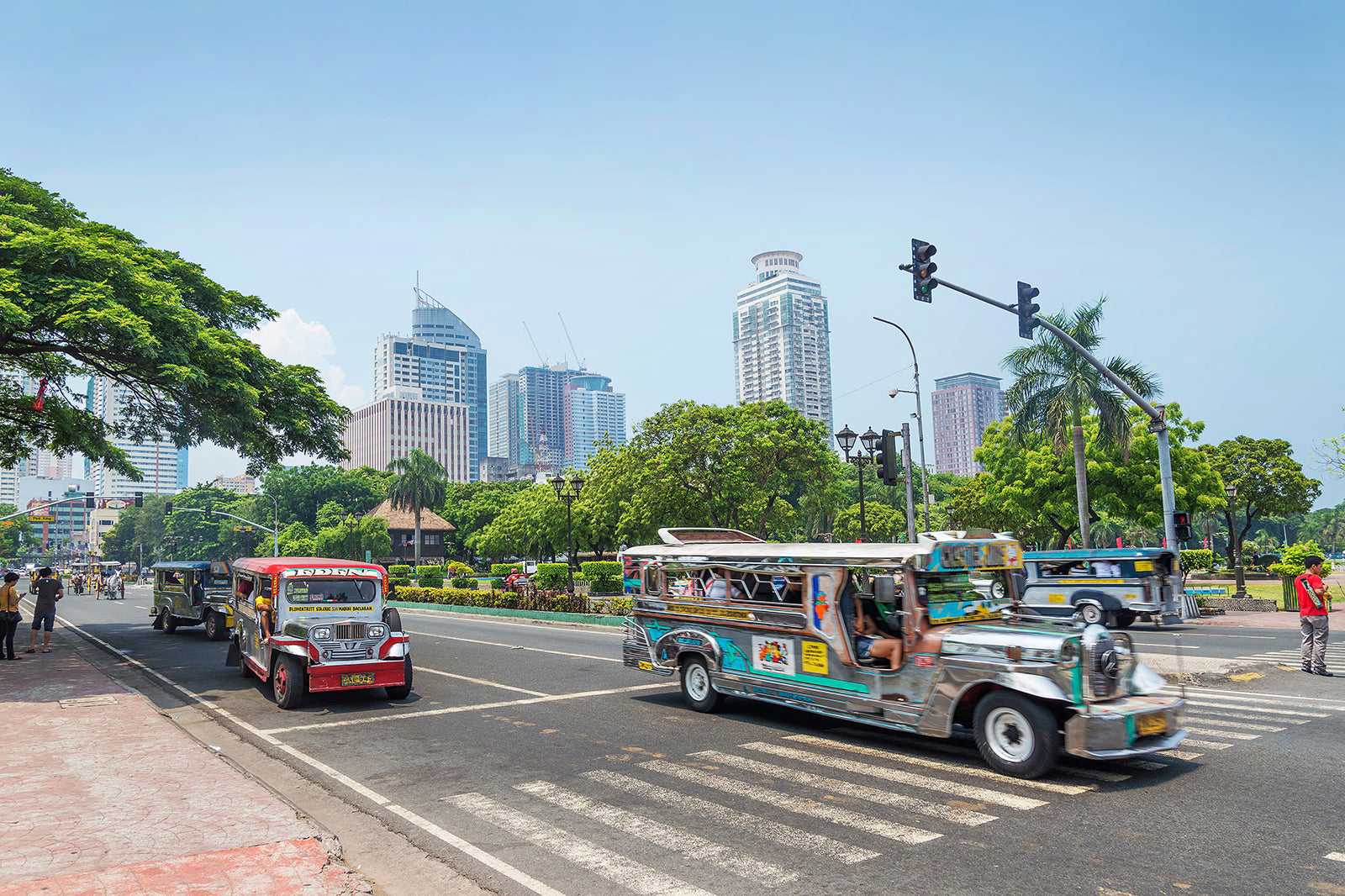
Getting around the Philippines
International flights to the Philippines usually land in Manila or Cebu. There are no direct flights from Europe, which means you must travel via Asia, the USA or Australia. Once here, transportation is incredibly reasonable. The best method of transport for island hoppers is by bus because they're air-conditioned and efficient. There is 1 railway line located on the northern island of Luzon. It goes from Manila to Naga, taking around 7 hours.
Tricycles are best for short trips – the motorcycles with sidecars attached to them have a certain novelty but aren’t always great due to the air and noise pollution in big cities. Jeepneys are very popular all over the country – in cities and towns you will always find one at hand. Taxis are the costlier alternative, while probably being the most pleasant. The MRT and LRT are some the fastest and most convenient means of transport in Manila.
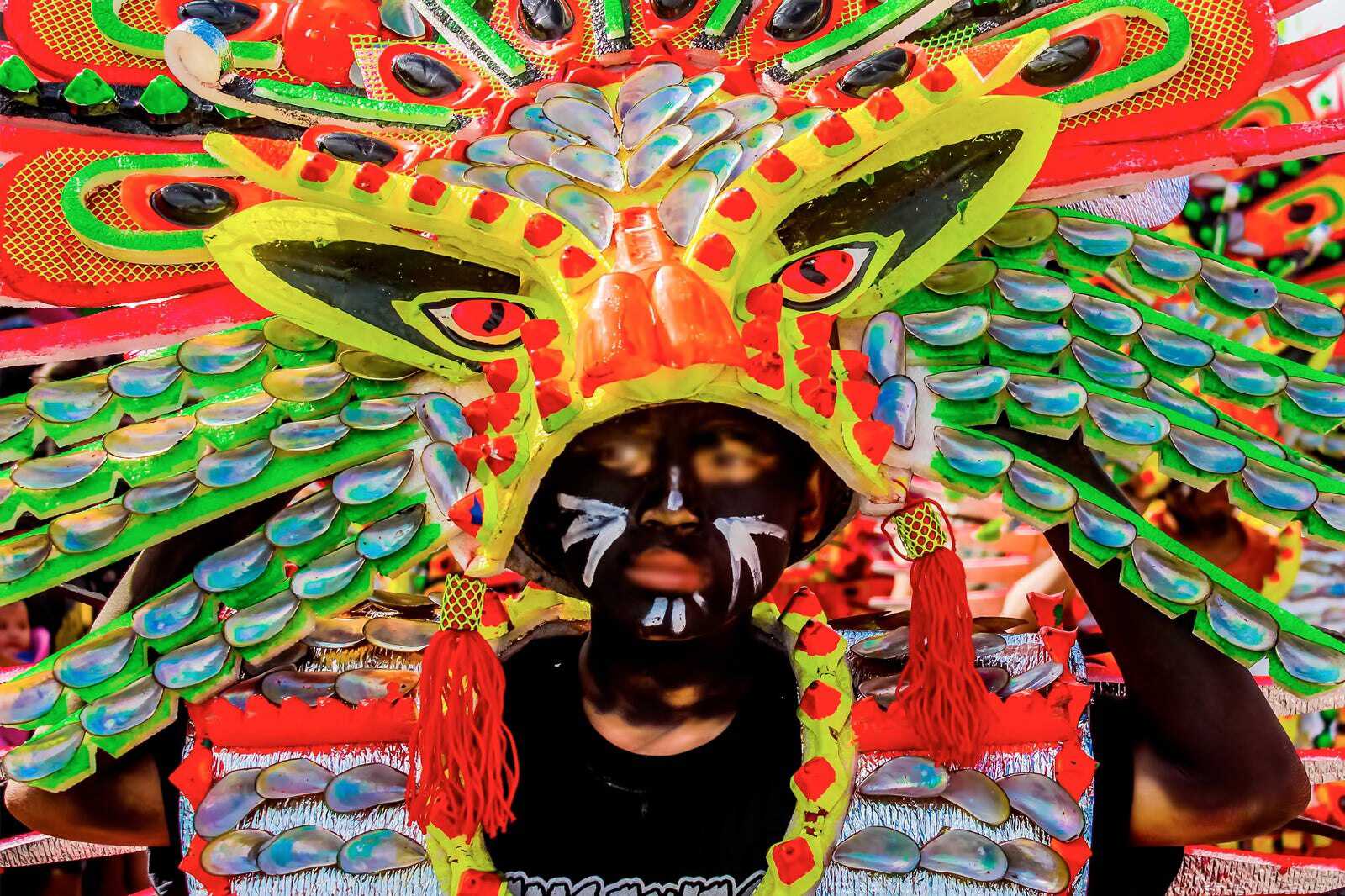
foto oleh EnzoBontia (CC BY-SA 4.0) diubah suai
Festivals in the Philippines
Annual events in the Philippines to look out for:
- Ati Atihan
What: A colourful festival to honour Jesus Christ
When: January
Where: Panay Island - Feast of the Black Nazarene
What: A famous devotional procession
When: January
Where: Manila - Holy Week
What: A week of celebrations across the country, with re-enactments of miracles and Christ's last days.
When: April
Where: All over the Philippines
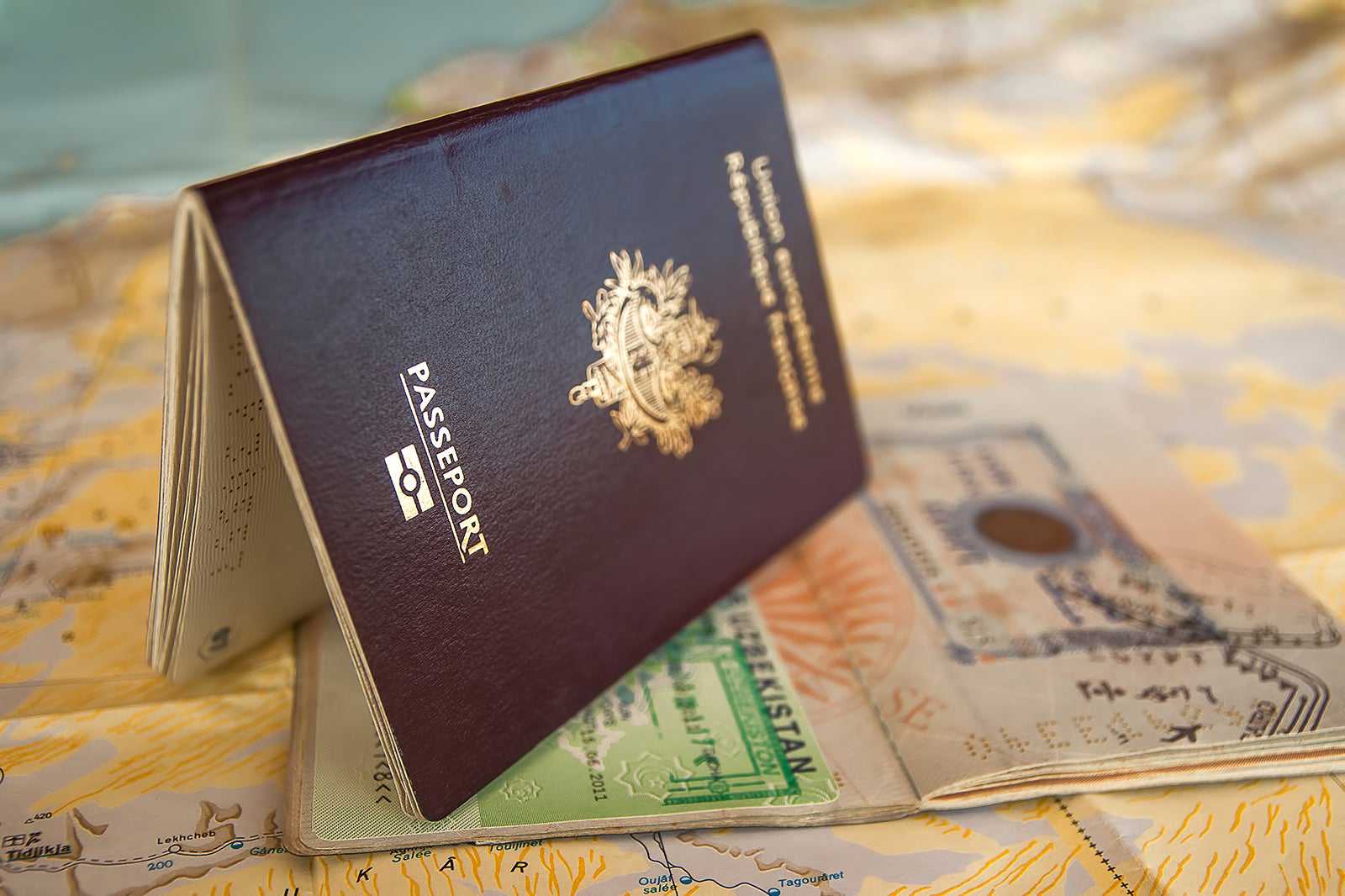
Visas
Visas lasting 21 days are issued on arrival to many nationalities, including holders of a valid UK, EU or US passport. If you wish to stay longer you must obtain a Visa Extension before your trip from a Philippine Consulate or Embassy. Or, once here, you may obtain one from the Bureau of Immigration.
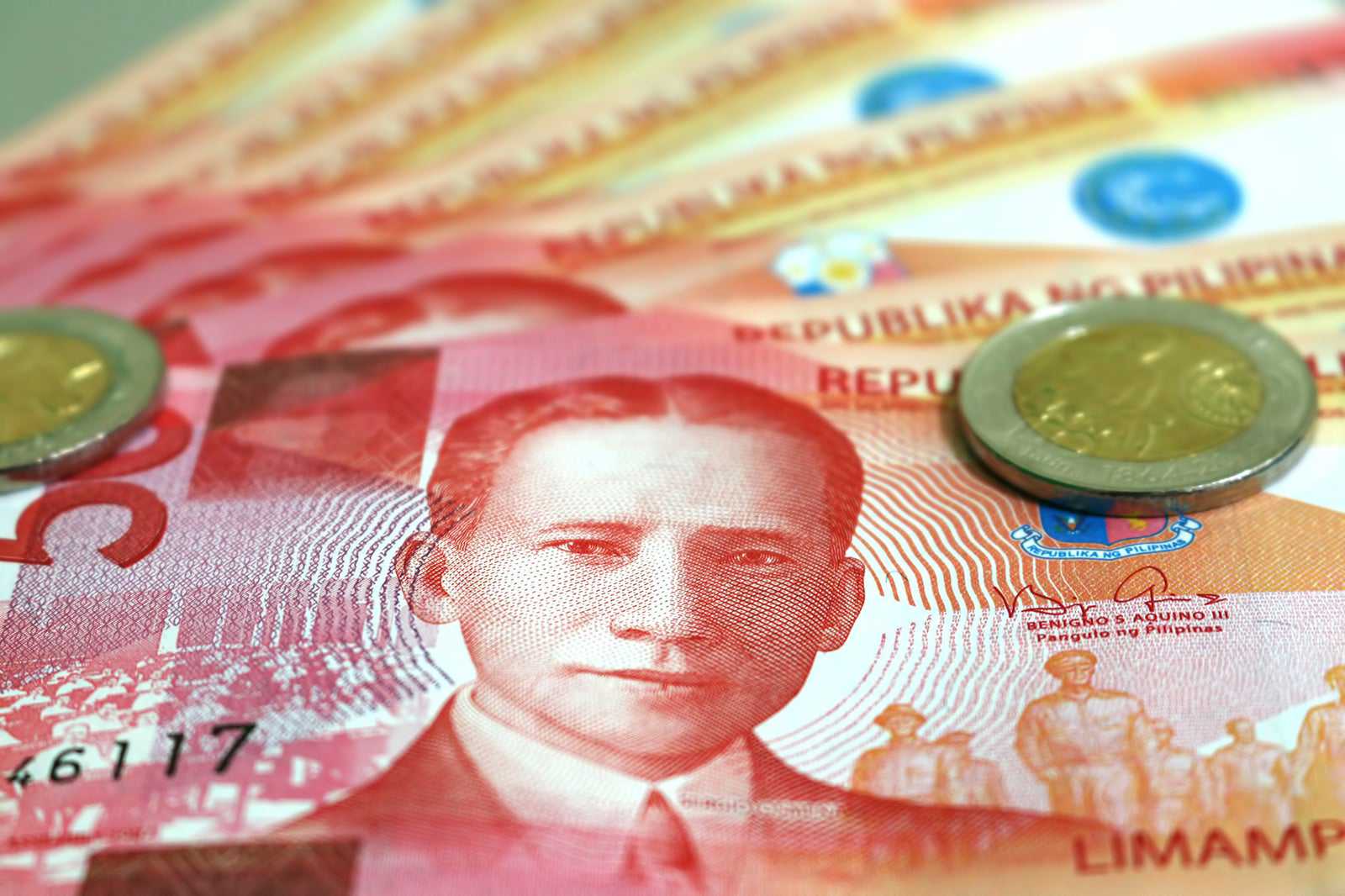
Currency
The currency in the Philippines is the Peso (PHP) and the Centavo. 100 centavos = 1 peso. Coin denominations are 1, 5, 10, and 25 centavos, 1 peso, and 5 pesos. Bill denominations are 10, 20, 50, 100, 500 and 1,000 pesos. Most large stores, restaurants, hotels and resorts accept major credit cards including American Express, Visa and MasterCard. Traveller's cheques, preferably American Express, are accepted at hotels and large department stores. Personal cheques drawn on foreign banks are generally not accepted.
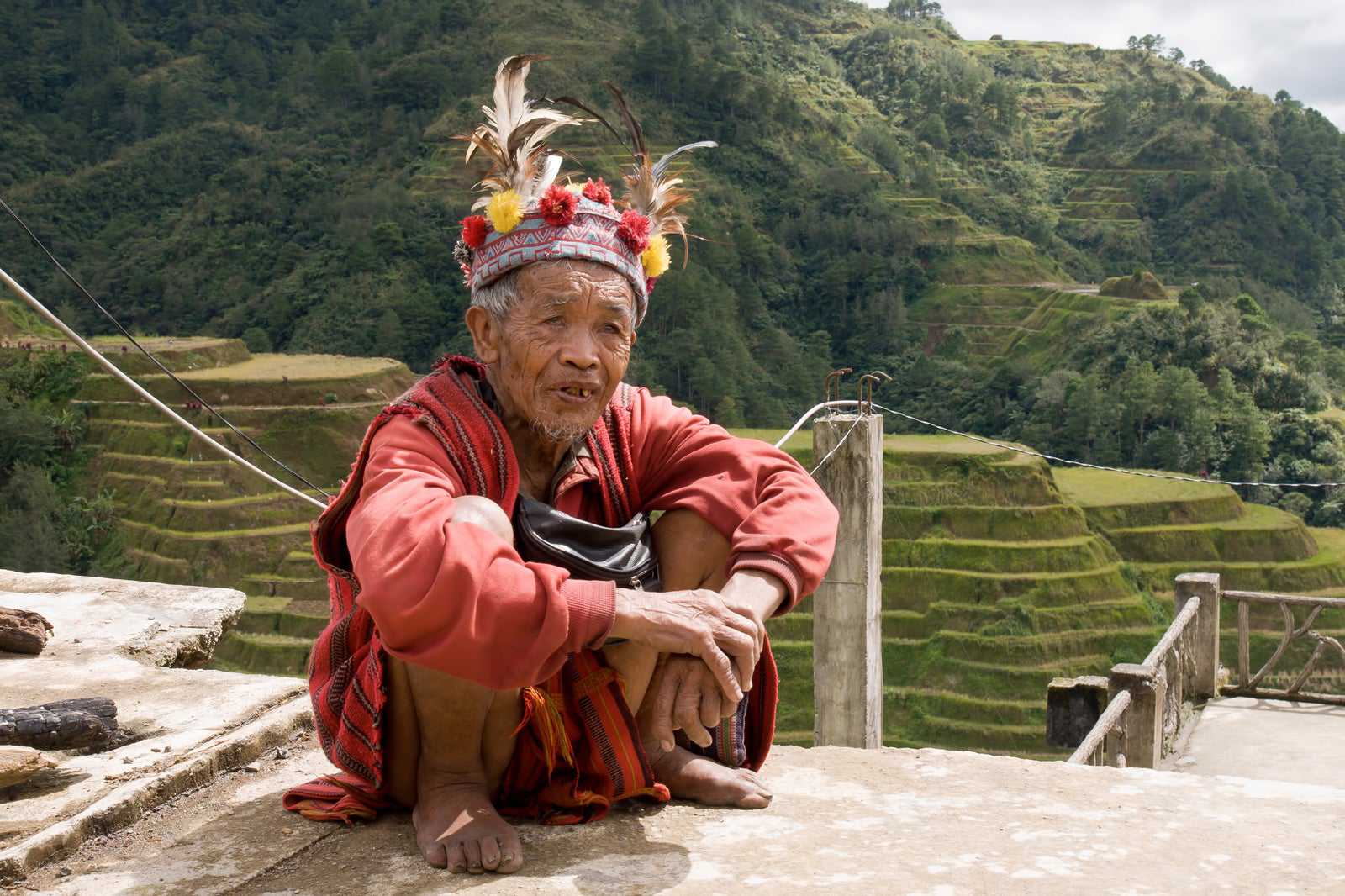
foto oleh CEphoto, Uwe Aranas (CC BY-SA 3.0) diubah suai
Languages
Although Filipino and English are the official languages in Philippines, Bikol, Cebuano, Ilocano, Hiligaynon, Kapampangan, Pangsinan, Waray Waray are spoken in certain parts of the country.

Important telephone numbers
- Calling Code: +63
- Police & Fire: 757 or 116
- Emergency No: 501- 650 or 501- 728
- Directory Assistance: 114
- National Operator: 109
- International Operator: 108












